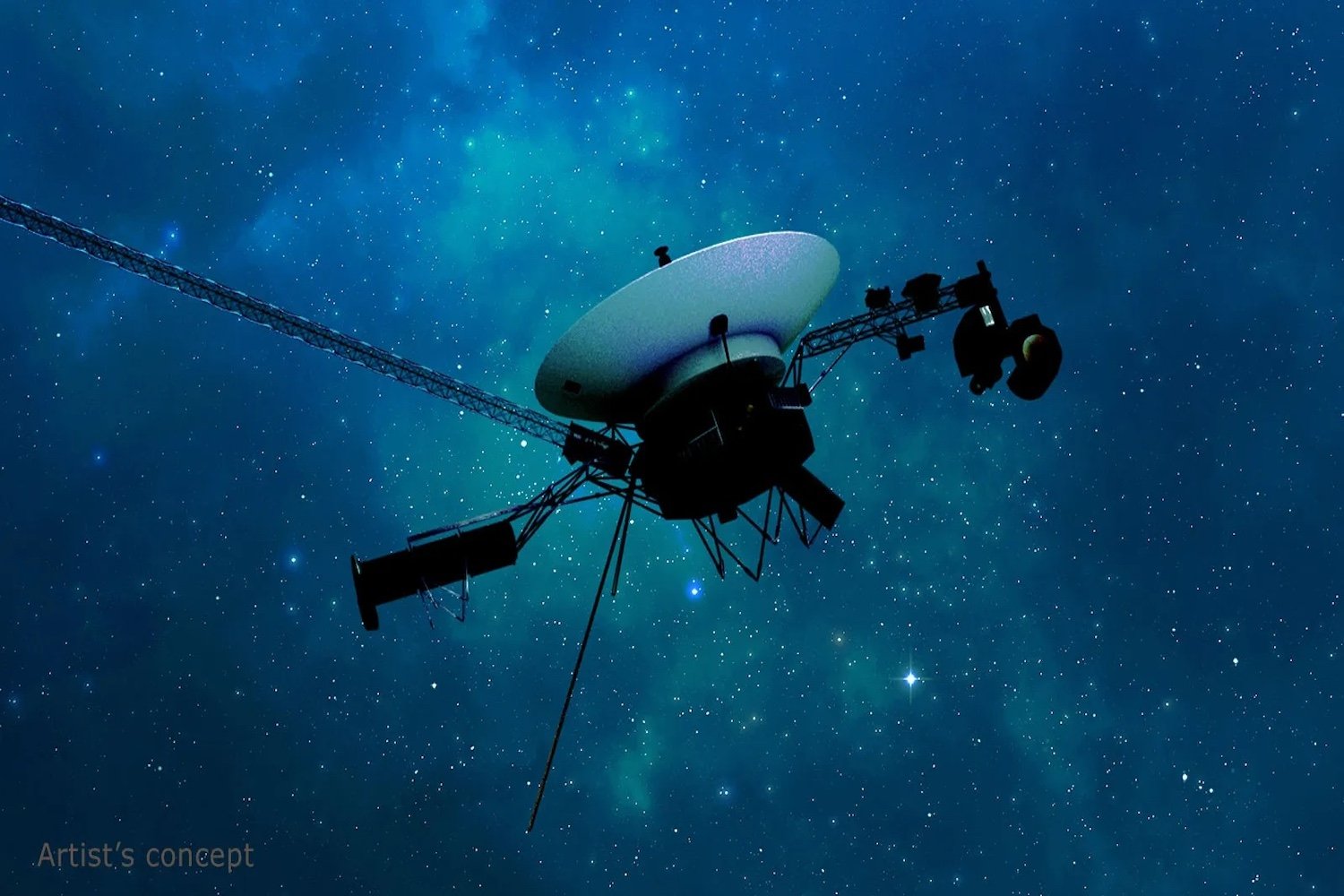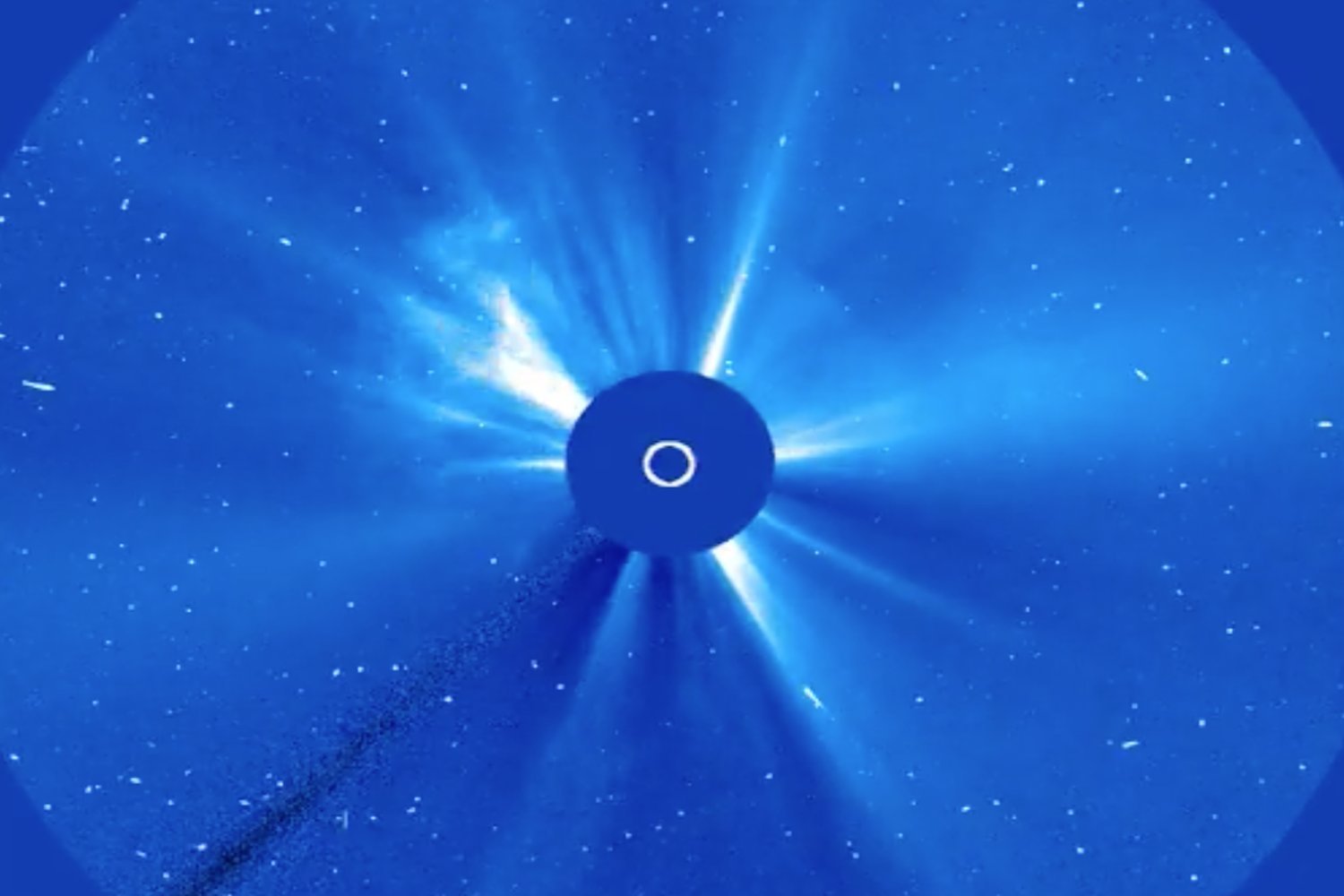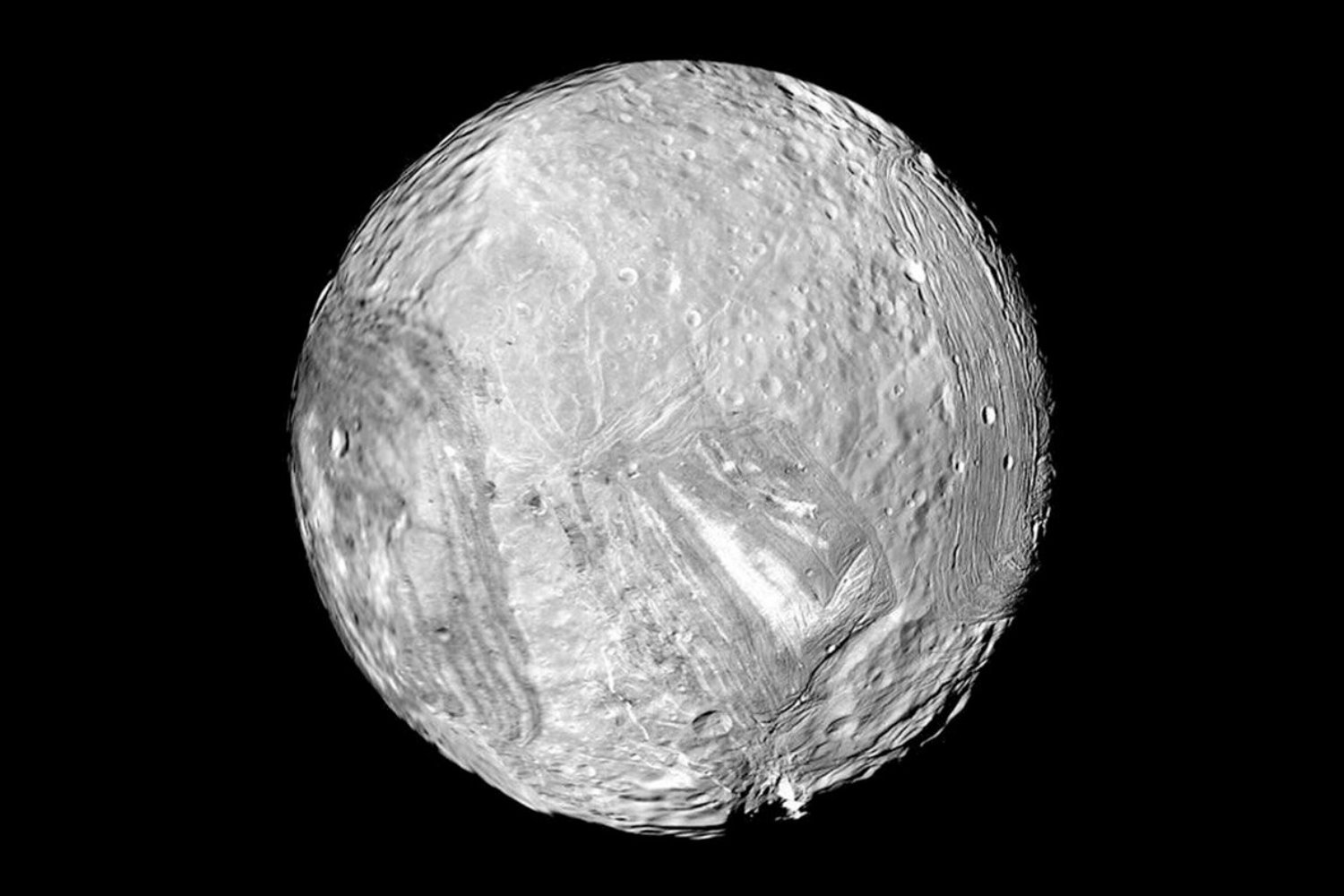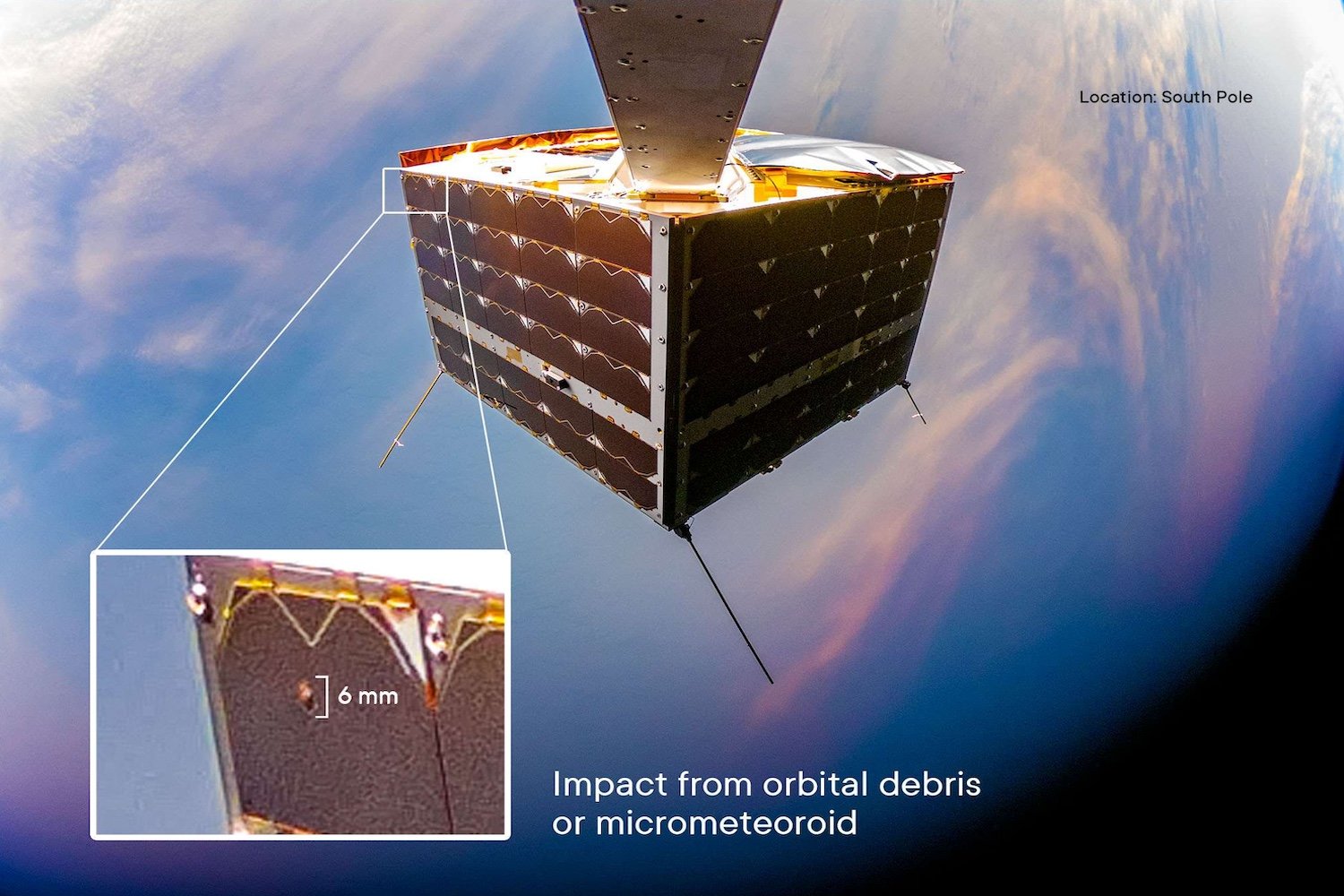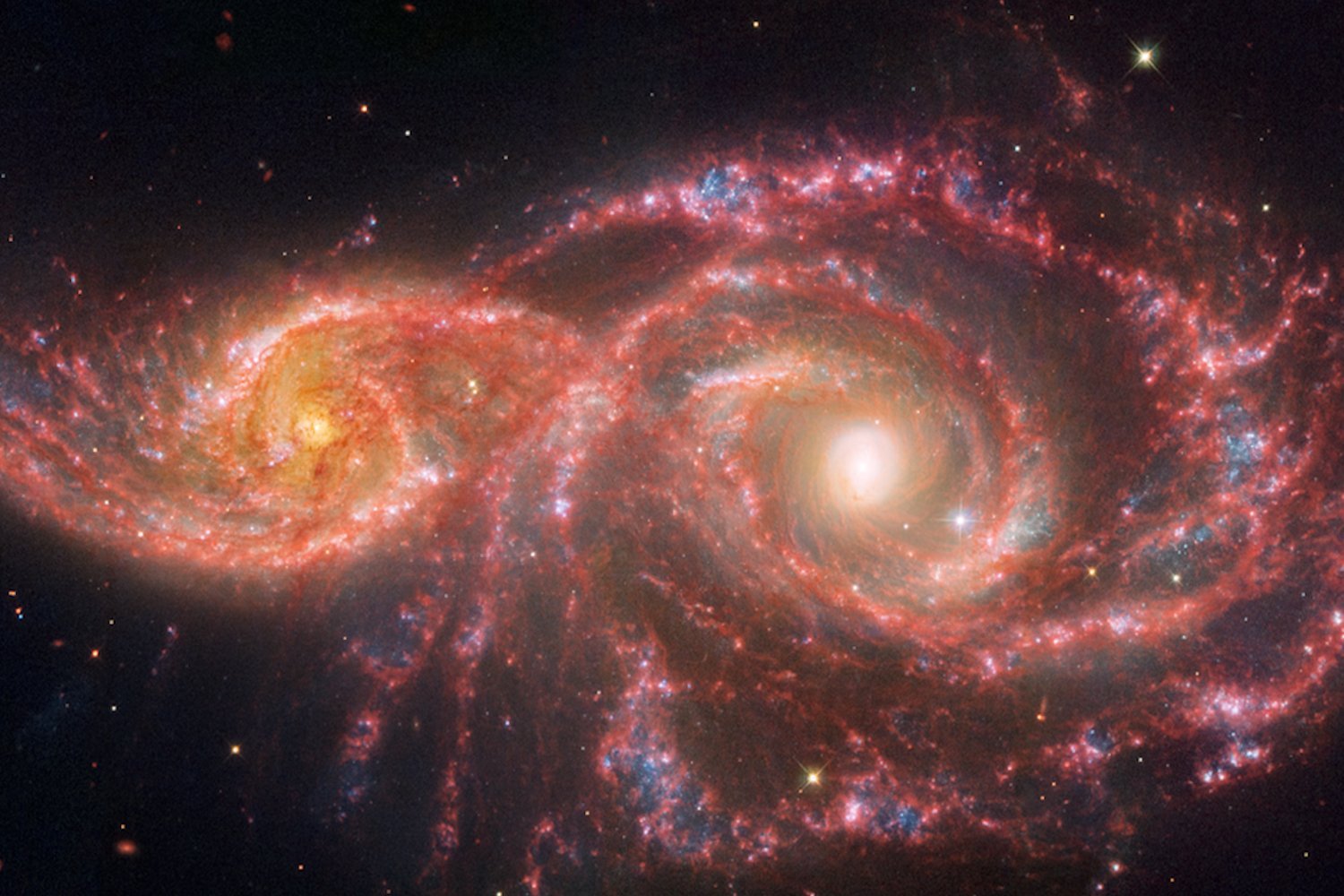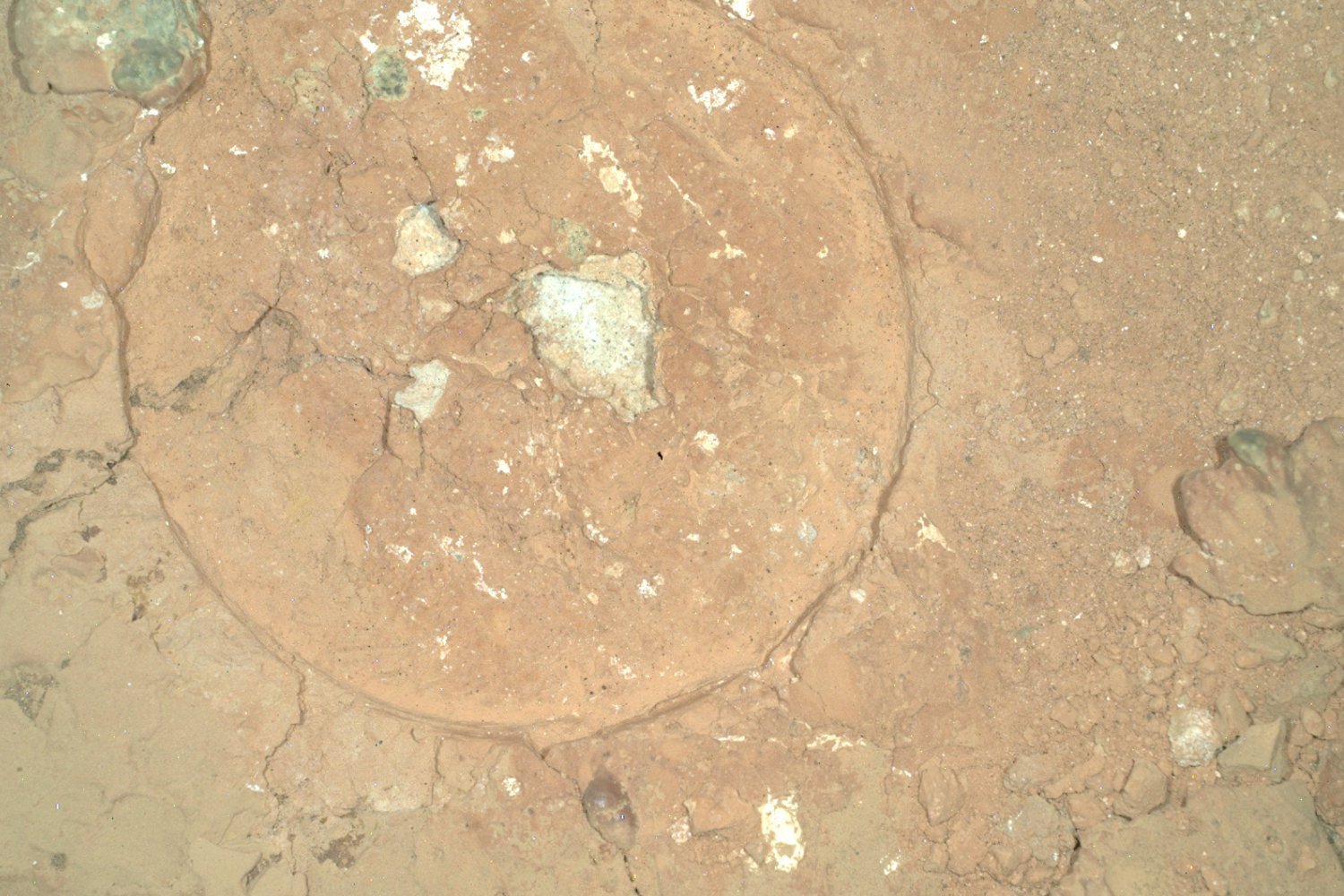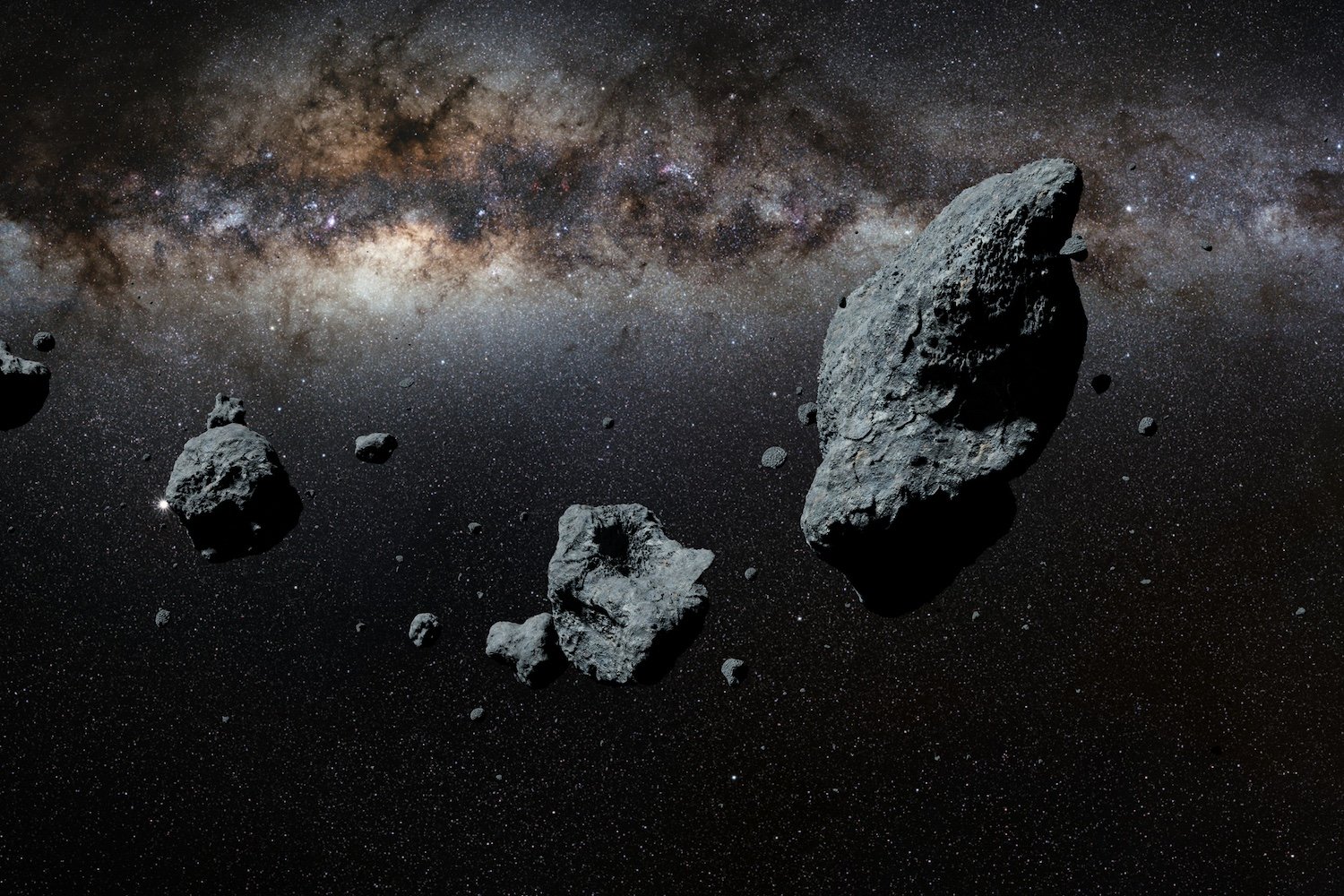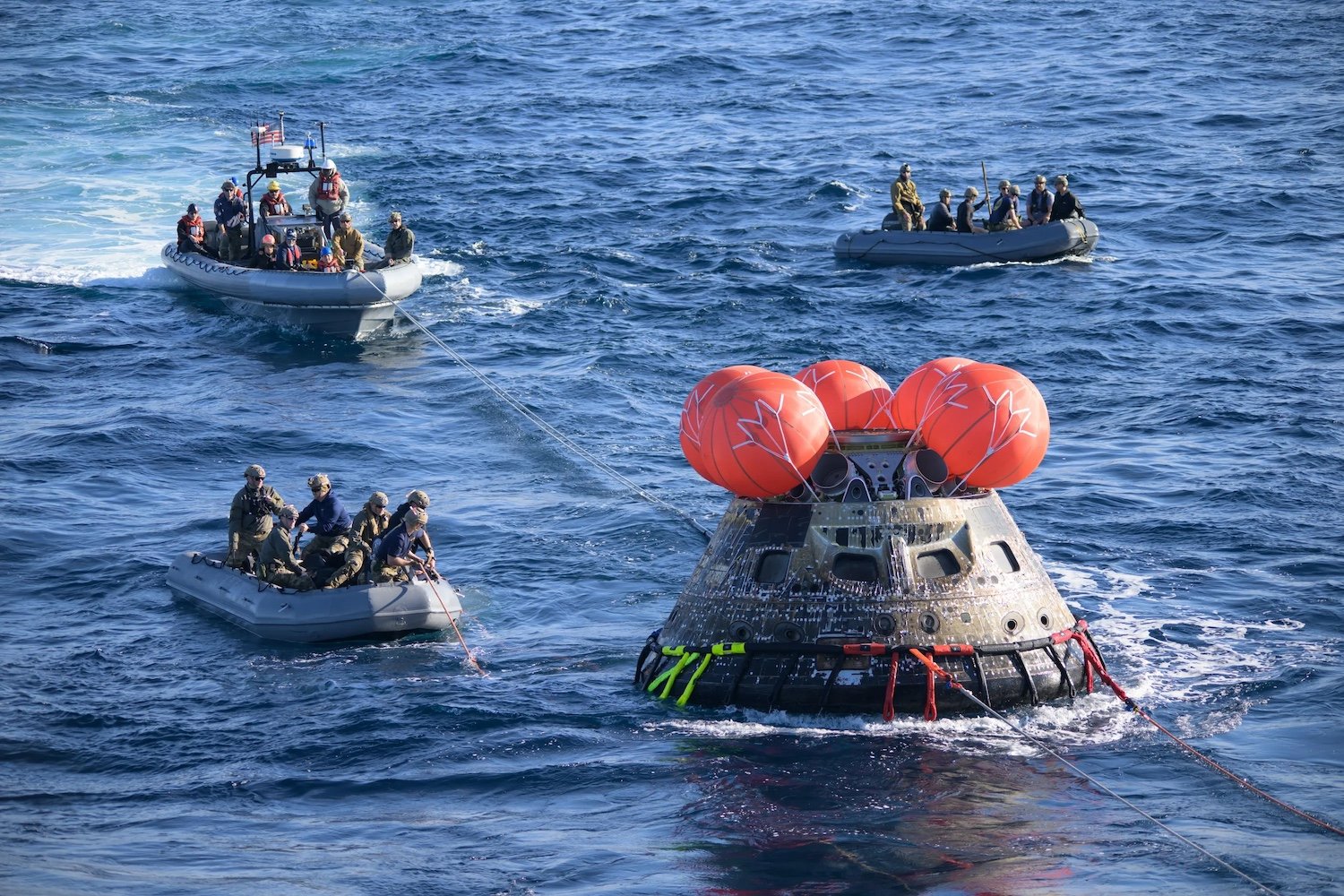Voyager 1, NASA’s interstellar probe, has encountered another communication issue, prompting engineers to switch to a backup radio transmitter not used since 1981. This latest challenge comes shortly after the spacecraft recovered from a thruster problem that threatened the mission.
NASA recently disclosed that Voyager 1 experienced a communication disruption after one of its radio transmitters was deactivated. The team is now utilizing a secondary transmitter, dormant for over four decades, while they investigate the root cause of the initial problem.
The mission team first detected the issue on October 16 when Voyager 1 failed to acknowledge a command sent via NASA’s Deep Space Network (DSN). The command instructed Voyager 1 to activate one of its heaters. Typically, the spacecraft would transmit engineering data back to Earth within a couple of days, a process that accounts for the 23-hour signal travel time each way across over 15 billion miles (24 billion kilometers). However, the command seemingly triggered Voyager 1’s fault protection system, an autonomous safety mechanism designed to respond to onboard anomalies.
The fault protection system reduced the data transmission rate to conserve power, altering the X-band radio signal, the frequency monitored by the DSN antennas. While the team briefly re-established contact, communication ceased entirely on October 19. The fault protection system apparently activated twice more, ultimately shutting down the X-band transmitter. Voyager 1 then switched to its S-band transmitter, a lower-power alternative with a weaker signal, unused since 1981. Given the spacecraft’s significantly greater distance from Earth compared to 43 years ago, the team was uncertain if the S-band signal would be detectable.
Despite the uncertainty, the engineers decided against reactivating the problematic X-band transmitter and attempted to communicate via the S-band. On October 22, a command was sent to verify the S-band transmitter’s functionality, and communication with Voyager 1 was successfully restored two days later. NASA engineers are now working diligently to diagnose and resolve the underlying issue that triggered the fault protection system.
Voyager 1 launched in 1977, shortly after its twin, Voyager 2. Voyager 1 followed a quicker trajectory, traversing the asteroid belt earlier and making close passes by Jupiter and Saturn. During its journey, it discovered two of Jupiter’s moons, Thebe and Metis, and five new moons and the G-ring around Saturn. In August 2012, Voyager 1 entered interstellar space, becoming the first human-made object to cross the boundary of our solar system.
After 47 years in the harsh environment of deep space, Voyager 1 is showing its age. NASA engineers have employed innovative solutions to maintain the mission, including switching to a different set of thrusters after the primary thrusters became clogged with silicon dioxide. Earlier this year, they also addressed a communication glitch that caused Voyager 1 to send garbled data back to Earth.
Voyager 1 presents ongoing challenges, but the enduring value of this historic interstellar probe makes the effort worthwhile.



